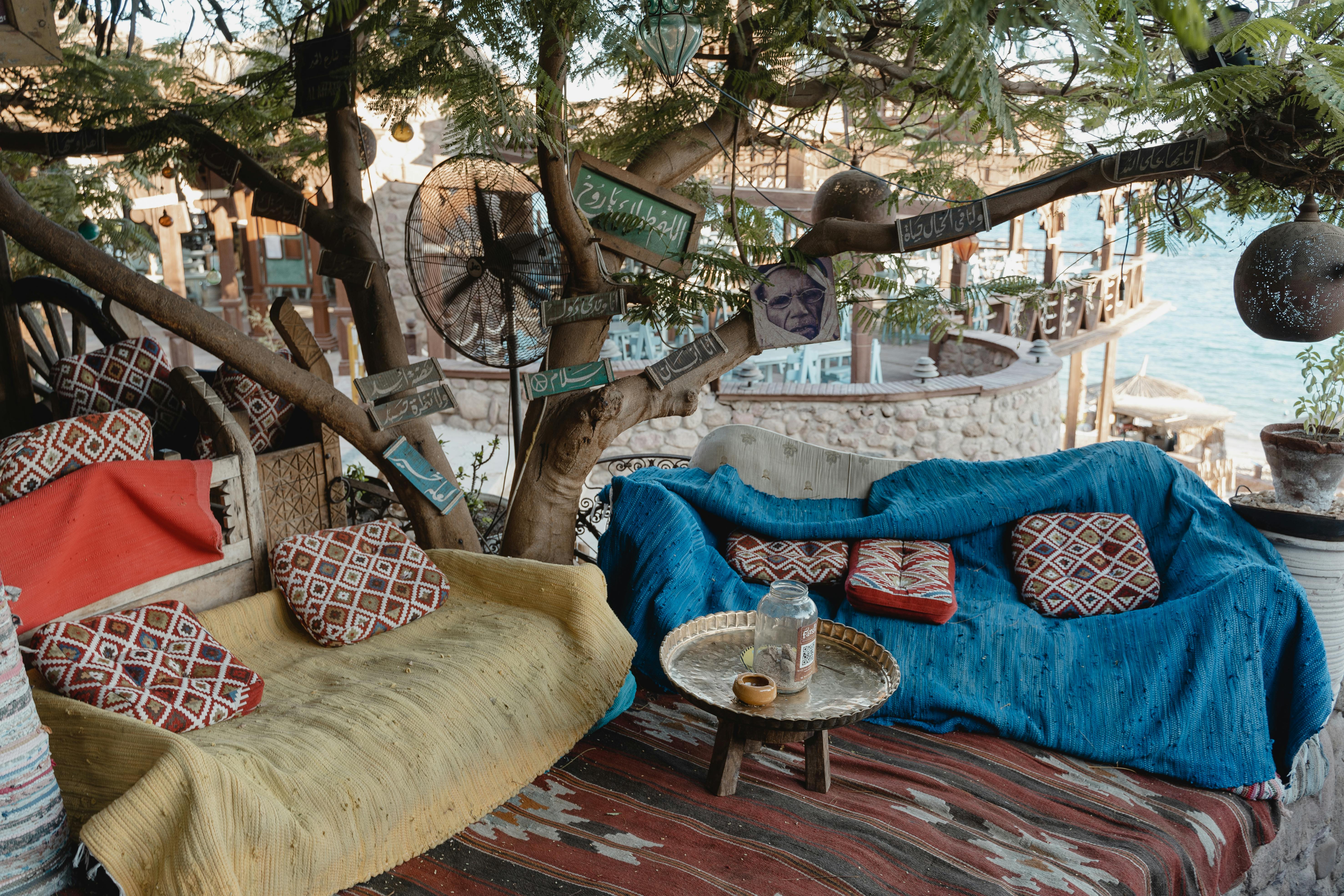“Before drinking from a skull, you must first find the correct corpse,” says Manisha Ma Bhairavi as her dreadlocked companion, Tapan Sadhu, sitting in the back of the hut with a radio pressed to his ear, shouts excitedly: for four! ! “This is the India that British author William Dalrymple writes about in his latest book, Nine Lives. This is the India where mysticism coexists with modernity, where even the fallen are worshiped, the outcast form communities and where even a sadhu can be an MBA!
In his “first book in a decade,” author, historian and journalist Dalrymple unravels the many paradoxes that make up the very fluid fabric of Indian society. With the help of nine lives, tap into the soul of the nation.
Nine Lives is a collection of linked non-fiction tales, with each life representing a different form of devotion or a different religious path. A Buddhist monk takes up arms to resist the Chinese invasion of Tibet and then spends years trying to atone for the violence by hand-printing prayer flags in India. A Jain nun tests her powers of indifference as she watches her best friend starve to death. A middle-class woman leaves her family to live as a Tantric in a remote cremation ground. A prison warden in Kerala becomes a temple dancer for two months a year and is worshiped as an incarnate deity. An idol maker from Tamil Nadu, the 23rd in a long hereditary chain dating back to the great bronze smelters of the Chola Empire, worries whether the next generation will adopt this art “in the age of computers.” A triple refugee from Bihar finds her place as the Red Fairy in a Sufi shrine in Pakistan even as the threat of Islamic fundamentalism looms over her. A devdasi initially resists her initiation into sex work, but pushes her daughter into a trade she now considers a sacred calling.
Dalrymple’s journey takes you from Sravanabelagola in Karnataka through the deserts of Rajasthan to the temples of Tanjore and Kerala and the madrasahs of Sindh before culminating in the rural lakeside villages of West Bengal. It documents the oral histories of not only these nine lives, but even the cults and religions to which they belong, some of which date back to the time of the Rig Veda.
Each life acts “like a keyhole in the way that the specific religious vocation has been trapped and transformed in the vortex of India’s metamorphosis during this rapid period of transition, while revealing the extraordinary persistence of faith. and ritual in a rapidly changing landscape. ” Yet for all the development that India boasts, Dalrymple finds its holy men and women arguing and agonizing “over the same timeless dilemmas that engulfed the holy men of classical India thousands of years ago”: the quest of material wealth against affirmations of the spirit, personal devotion against conventional religion, textual orthodoxy against the emotional appeal of mysticism, and the millennial war of duty and desire.
That Dalrymple is an accomplished writer is a fact. But it’s remarkable journalism that makes this book a must-read. He steps aside and lets the people be the center of the story. He presents himself as the only common thread that holds the stories together. The author has done well to add a glossary and a very note on the origin of the font type (Linotype Stempel Garamond) used in the book.
Nine Lives is not just another travel book. It is a window to contemporary India, the one that remains forgotten or hidden, but that is in the way, literally. As Dalrymple puts it, “The water moves on, a little faster than before, but the great river keeps flowing. It is as fluid and unpredictable in its moods as ever, but it winds its way into the familiar banks.”


